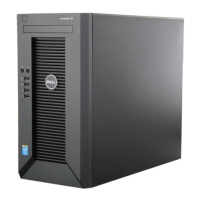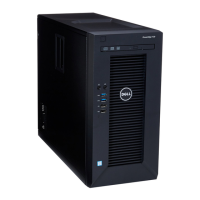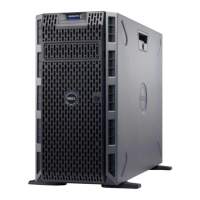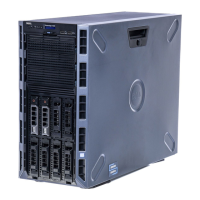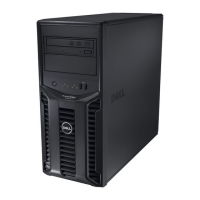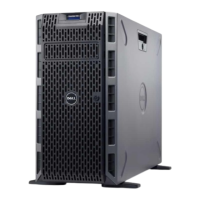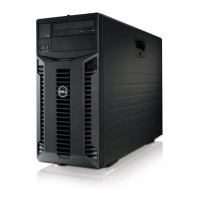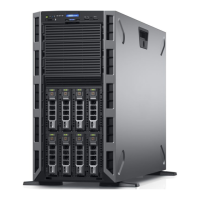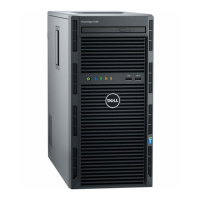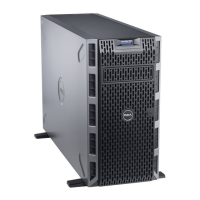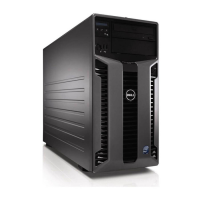Dell
PowerEdge T710 Technical Guide 24
Hardware configurations affect system noise levels: Dell‘s advanced thermal control
provides for optimized cooling with varying hardware configurations. Some less-intuitive but
potentially important decision-making configuration examples are listed in the tables below.
Noise ramp and descent at boot: Fan speeds, and therefore noise levels, ramp during the
boot process in order to add a layer of protection for component cooling in the event that the
system were not to boot properly.
Acoustical Performance (2.5‖ Hard Drive System) Table 9.
Typical Configuration @ 23 ± 2 °C
Acoustical Performance (3.5‖ Hard Drive System) Table 10.
Typical Configuration @ 23 ± 2 °C
Definitions
Standby: AC Power is connected to Power Supply Units but system is not turned on.
Idle: Reference ISO7779 (1999) definition 3.1.7; system is running in its OS but no other specific
activity.
Active Hard Drives: An operating mode per ISO7779 (1999) definition 3.1.6; Section C.9 of ECMA-74
9th ed. (2005) is followed in exercising the hard disk drives.
Stressed Processor: An operating mode per ISO7779 (1999) definition 3.1.6. The software
SPECPower_ssj2008 is utilized to stress the processors. SPECPower is set to 50% loading.
LwA–UL: The upper limit sound power level (LwA) calculated per section 4.4.2 of ISO 9296 (1988) and
measured in accordance to ISO 7779 (1999).
LpA: The average bystander position A-weighted sound pressure level calculated per section 4.3 of
ISO9296 (1988) and measured in accordance with ISO7779 (1999). The system is placed in a rack with
its bottom at 25-cm from the floor.
Prominent tone: Criteria of D.6 and D.11 of ECMA-74 11th ed. (2010) are followed to determine if
discrete tones are prominent. The system is placed in a rack with its bottom at 75-cm from the floor.
The acoustic transducer is at front bystander position, ref ISO7779 3rd (2010), Section 8.6.2.
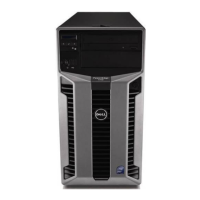
